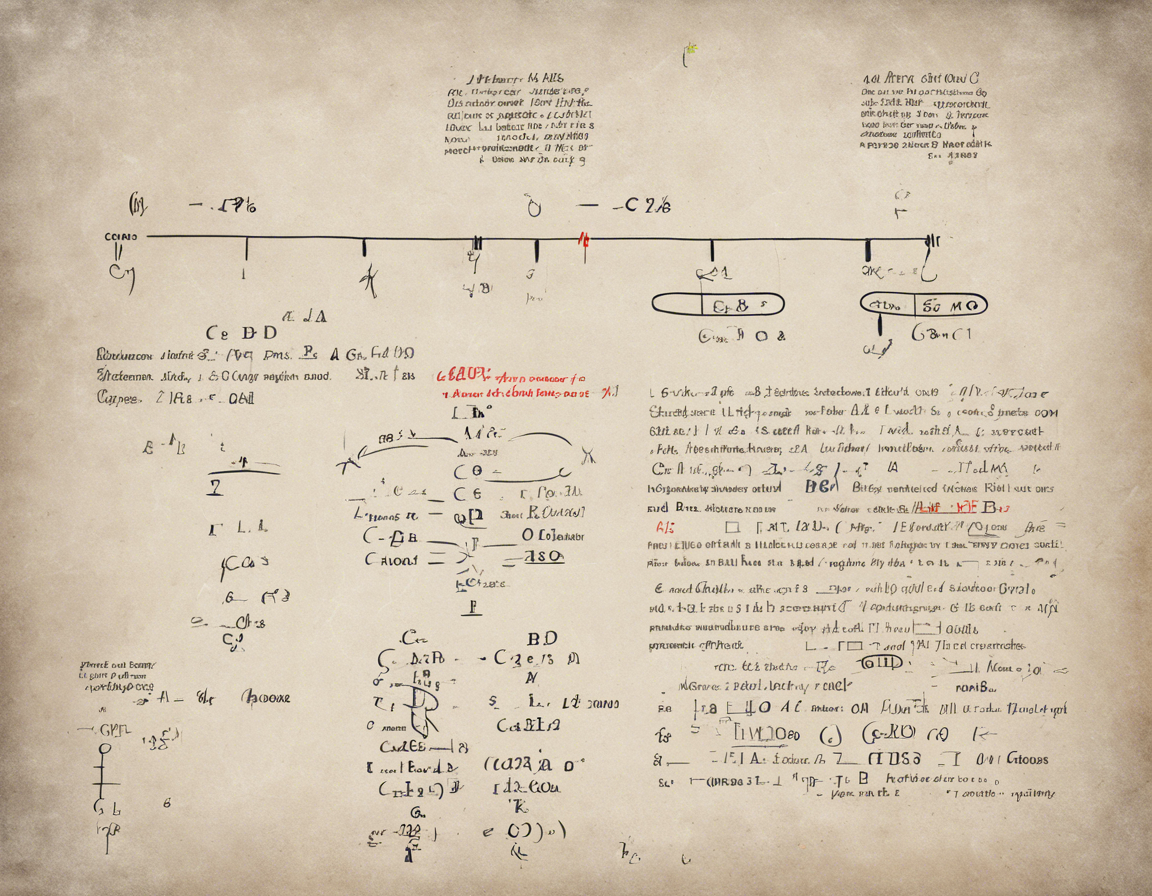Trigonometry, a branch of mathematics that deals with the relationships between the angles and sides of triangles, is a fundamental subject in both mathematics and physics. One of the key formulas in trigonometry is the Cosine of Sum formula, which helps to find the cosine of the sum of two angles.
Understanding the Cosine of Sum Formula
The Cosine of Sum formula states that the cosine of the sum of two angles, say θ and φ, can be expressed as the product of the cosines and sines of the individual angles:
cos(θ + φ) = cos(θ)cos(φ) – sin(θ)sin(φ)
This formula is derived using the trigonometric identities for the cosine and sine of the sum of two angles:
cos(α + β) = cos(α)cos(β) – sin(α)sin(β)
sin(α + β) = sin(α)cos(β) + cos(α)sin(β)
By letting α = θ and β = φ, we obtain the cosine of the sum formula.
Proof of the Cosine of Sum Formula
To prove the Cosine of Sum formula, we can consider a unit circle centered at the origin of a Cartesian coordinate system. Let P be a point on the unit circle corresponding to the angle θ, and Q be a point corresponding to the angle φ. Then, the coordinates of P are (cosθ, sinθ) and the coordinates of Q are (cosφ, sinφ).
Using the distance formula between P and Q, we have:
|PQ|^2 = (cosφ – cosθ)^2 + (sinφ – sinθ)^2
Expanding and simplifying the above expression, we get:
|PQ|^2 = *cos^2(φ) – 2cos(φ)cos(θ) + cos^2(θ) + sin^2(φ) – 2sin(φ)sin(θ) + sin^2(θ)
Now, since |PQ|^2 = 2 – 2cos(θ – φ) (as the distance between two points on a unit circle is 2 times the sine of the angle between them), we have:
2 – 2cos(θ – φ) = 2 – 2cosθcosφ – 2sinθsinφ
Dividing by 2 and simplifying, we get the Cosine of Sum formula:
cos(θ + φ) = cos(θ)cos(φ) – sin(θ)sin(φ)
Applications of the Cosine of Sum Formula
The Cosine of Sum formula finds applications in various areas, including physics, engineering, and computer graphics. It is particularly useful in solving problems involving wave interference, signal processing, and rotational motion.
Some common applications of the formula include:
-
Wave Interference: When two waves with different frequencies or phases superpose, the resulting wave’s amplitude can be expressed using the Cosine of Sum formula.
-
Rotational Motion: In mechanics, the formula is used to analyze the motion of rotating bodies and systems, such as the motion of a pendulum or a rotating wheel.
-
Signal Processing: In electrical engineering and telecommunications, the formula helps in analyzing signal processing techniques like modulation and demodulation.
Practical Example
Let’s consider an example to illustrate the application of the Cosine of Sum formula. Suppose we want to find the cosine of the sum of two angles: θ = 30 degrees and φ = 45 degrees.
Using the formula, we have:
cos(30 + 45) = cos(30)cos(45) – sin(30)sin(45)
Calculating the values, we get:
cos(75) = (√3/2 * √2/2) – (1/2 * √2/2)
cos(75) = (√6 – √2) / 4
Therefore, the cosine of 75 degrees is given by (√6 – √2) / 4.
Frequently Asked Questions (FAQs)
Q1: What is the cosine of sum formula in trigonometry?
A1: The cosine of sum formula states that cos(θ + φ) = cos(θ)cos(φ) – sin(θ)sin(φ).
Q2: How is the cosine of sum formula derived?
A2: The formula is derived from the trigonometric identities for the cosine and sine of the sum of two angles.
Q3: What are some practical applications of the cosine of sum formula?
A3: The formula is used in wave interference, rotational motion analysis, and signal processing.
Q4: Can the cosine of sum formula be extended for more than two angles?
A4: Yes, the formula can be extended recursively for multiple angles.
Q5: How can the cosine of the sum formula be applied in physics problems?
A5: The formula is used to solve problems involving wave superposition, circular motion, and oscillations.
In conclusion, the Cosine of Sum formula is a powerful tool in trigonometry that enables us to calculate the cosine of the sum of two angles. Understanding and applying this formula is essential for solving a wide range of mathematical and practical problems across various disciplines.
